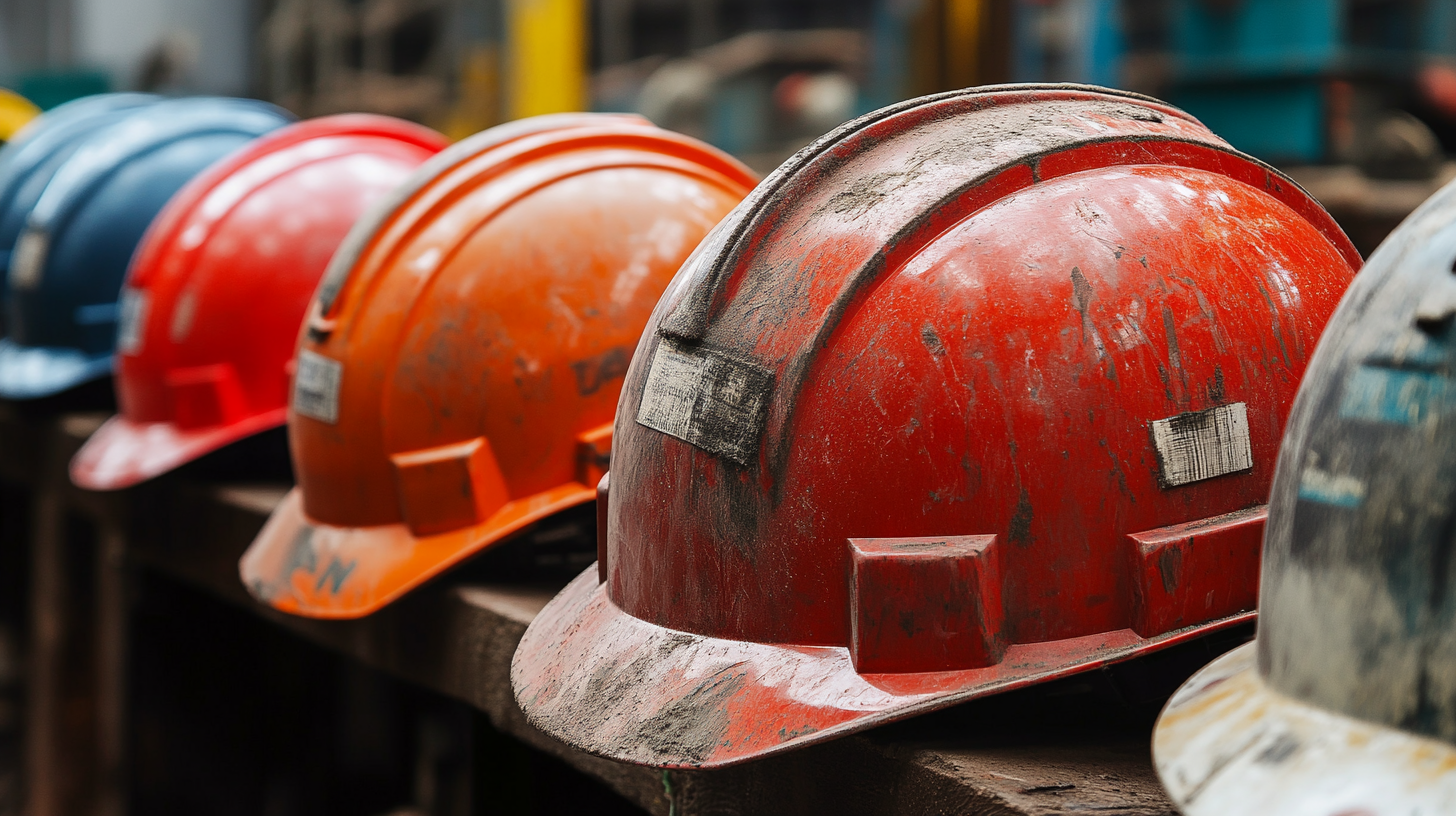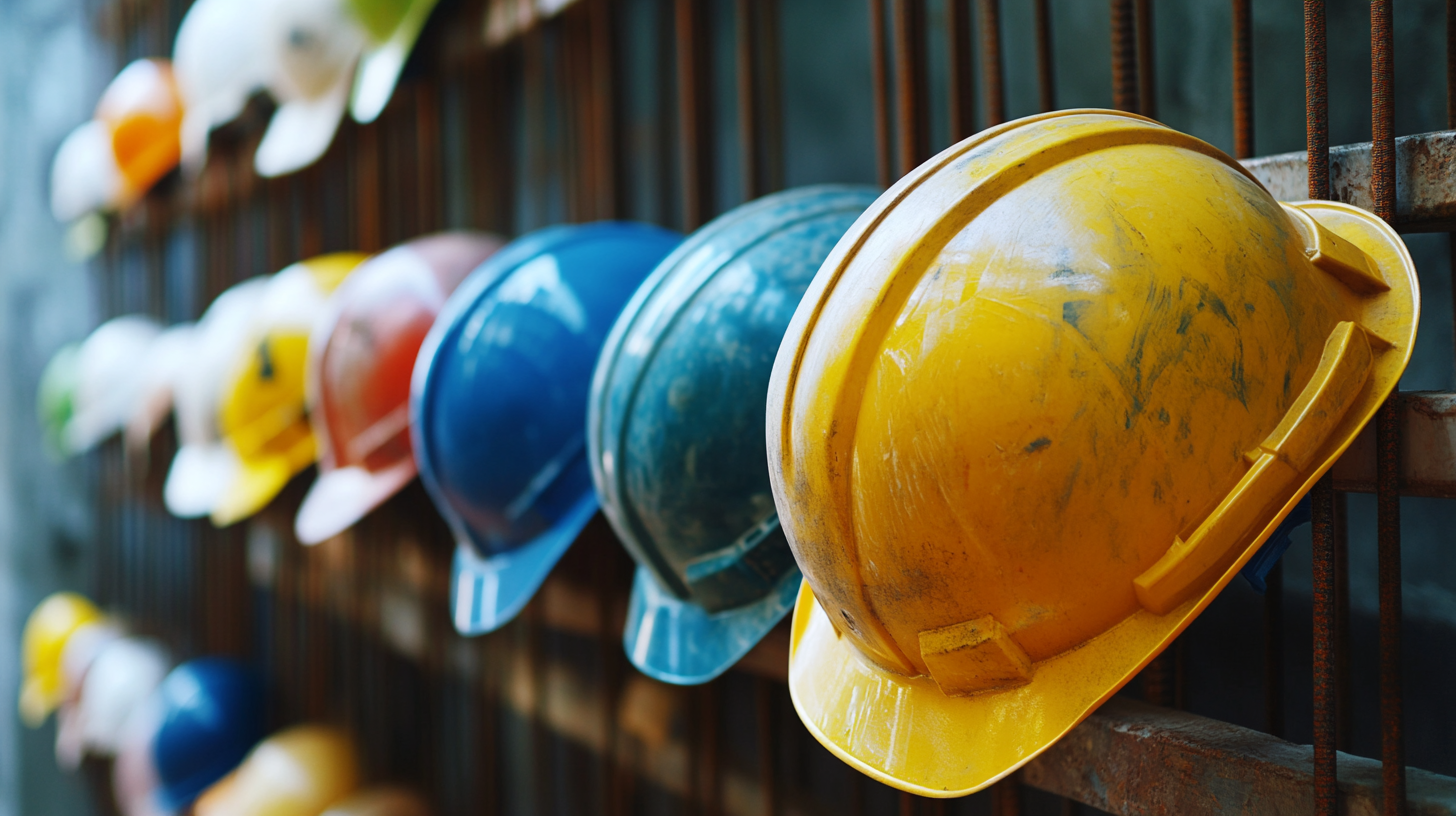Language
- English
- Español
- Português
- русский
- Français
- 日本語
- Deutsch
- tiếng Việt
- Italiano
- Nederlands
- ภาษาไทย
- Polski
- 한국어
- Svenska
- magyar
- Malay
- বাংলা ভাষার
- Dansk
- Suomi
- हिन्दी
- Pilipino
- Türkçe
- Gaeilge
- العربية
- Indonesia
- Norsk
- تمل
- český
- ελληνικά
- український
- Javanese
- فارسی
- தமிழ்
- తెలుగు
- नेपाली
- Burmese
- български
- ລາວ
- Latine
- Қазақша
- Euskal
- Azərbaycan
- Slovenský jazyk
- Македонски
- Lietuvos
- Eesti Keel
- Română
- Slovenski





 When it comes to hard hats, the choice of material plays a critical role in their protective capabilities. The two primary materials used in hard hat construction are High-Density Polyethylene (HDPE) and Polycarbonate. According to the American National Standards Institute (ANSI), HDPE is known for its durability and impact resistance, making it a standard choice in many industries. Reports suggest that HDPE hard hats can withstand impacts at temperatures ranging from -22°F to 104°F, which is crucial for outdoor environments.
When it comes to hard hats, the choice of material plays a critical role in their protective capabilities. The two primary materials used in hard hat construction are High-Density Polyethylene (HDPE) and Polycarbonate. According to the American National Standards Institute (ANSI), HDPE is known for its durability and impact resistance, making it a standard choice in many industries. Reports suggest that HDPE hard hats can withstand impacts at temperatures ranging from -22°F to 104°F, which is crucial for outdoor environments.

